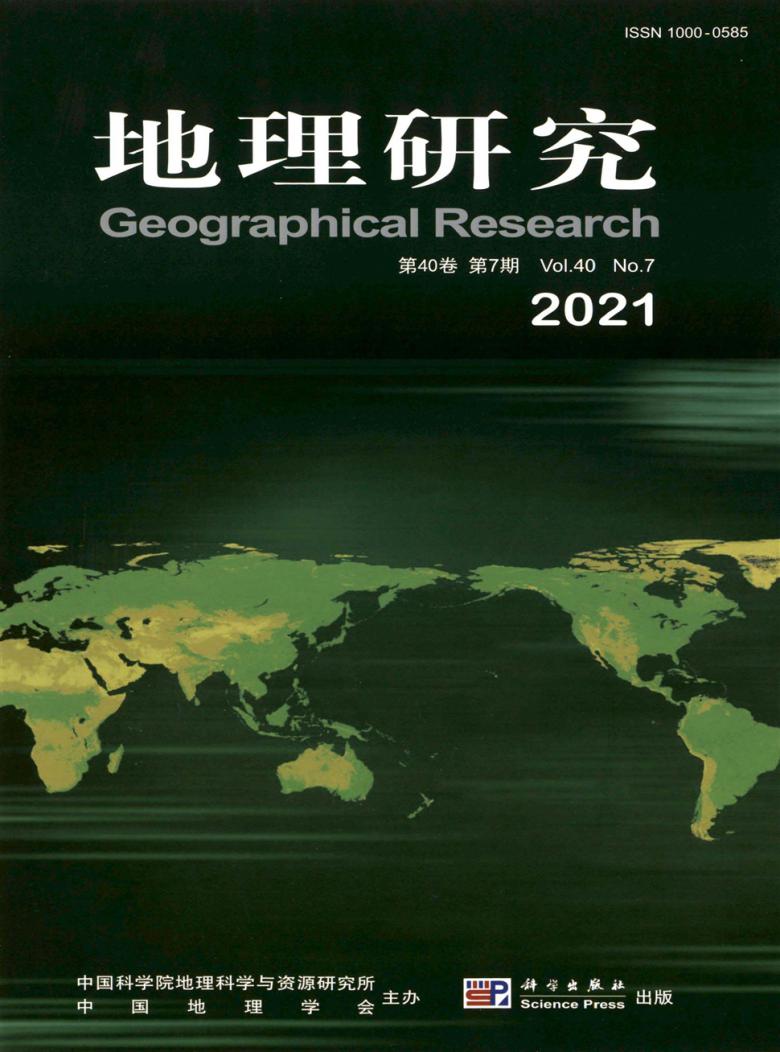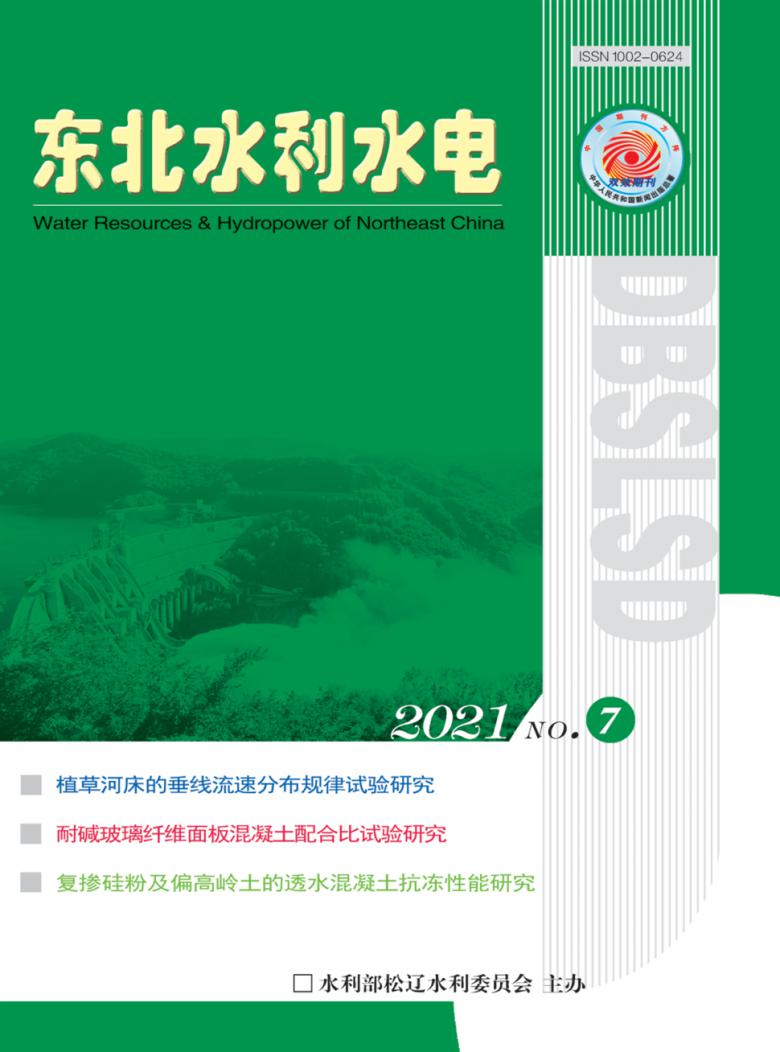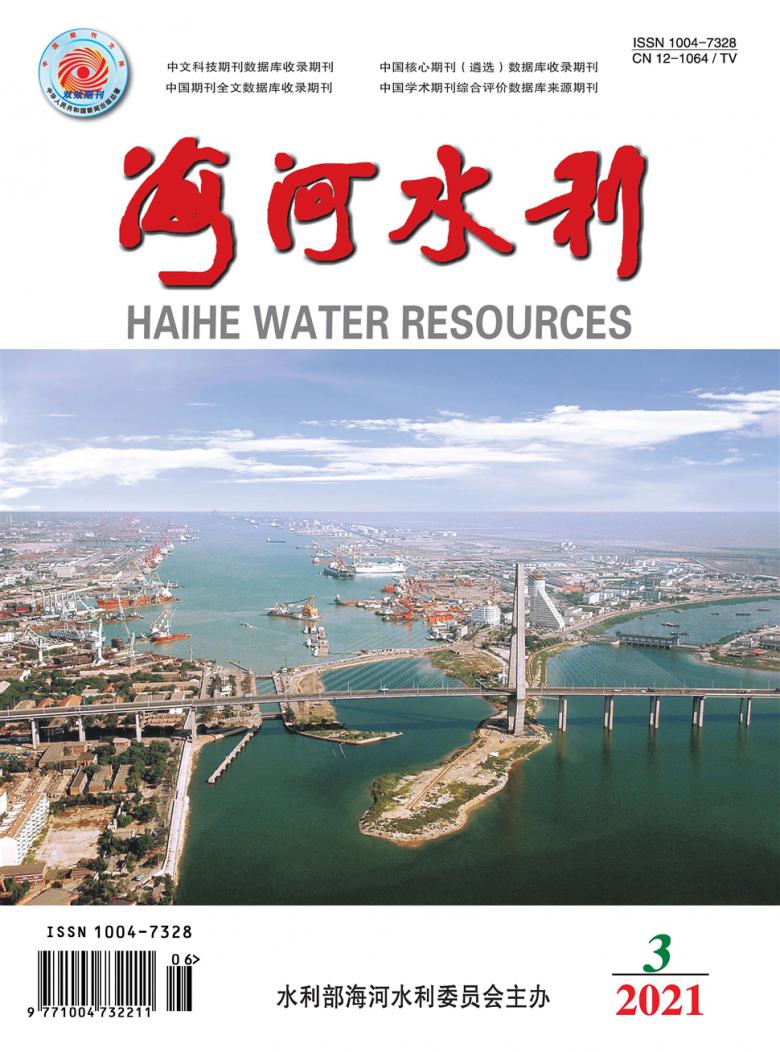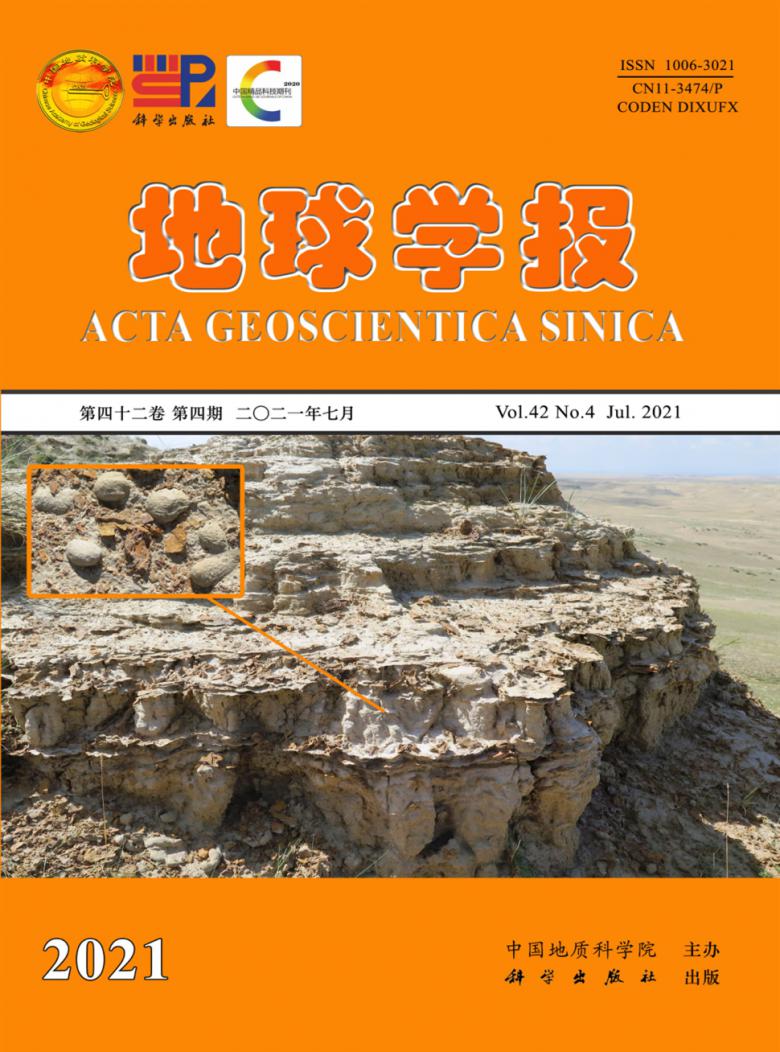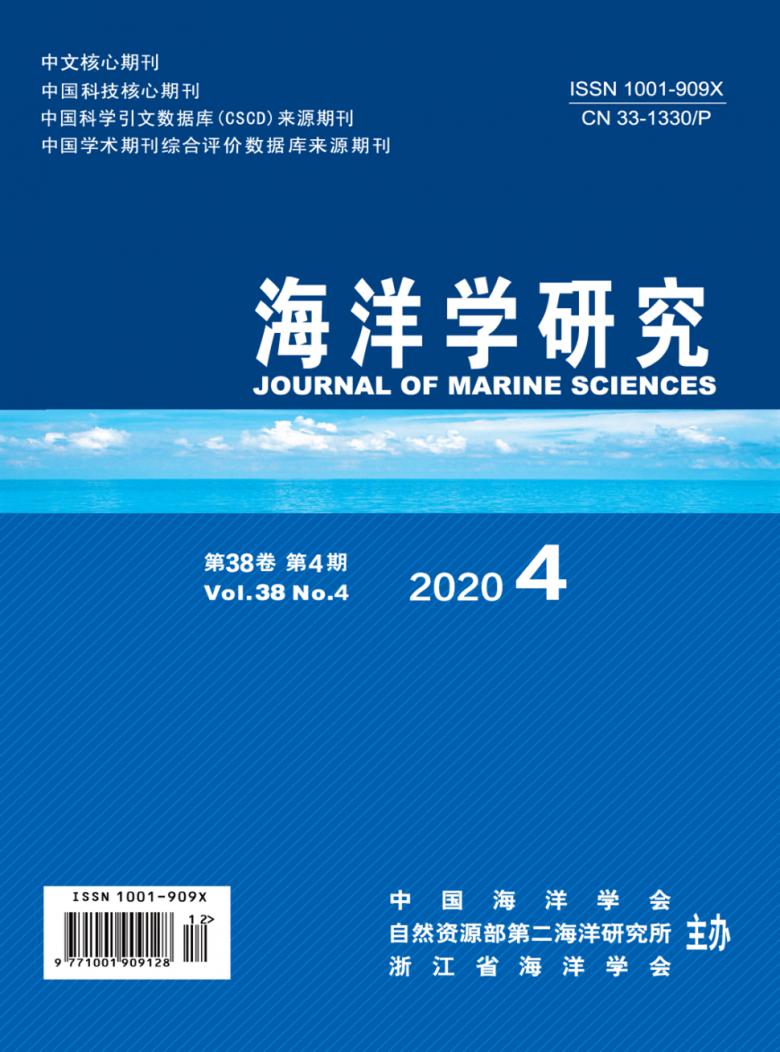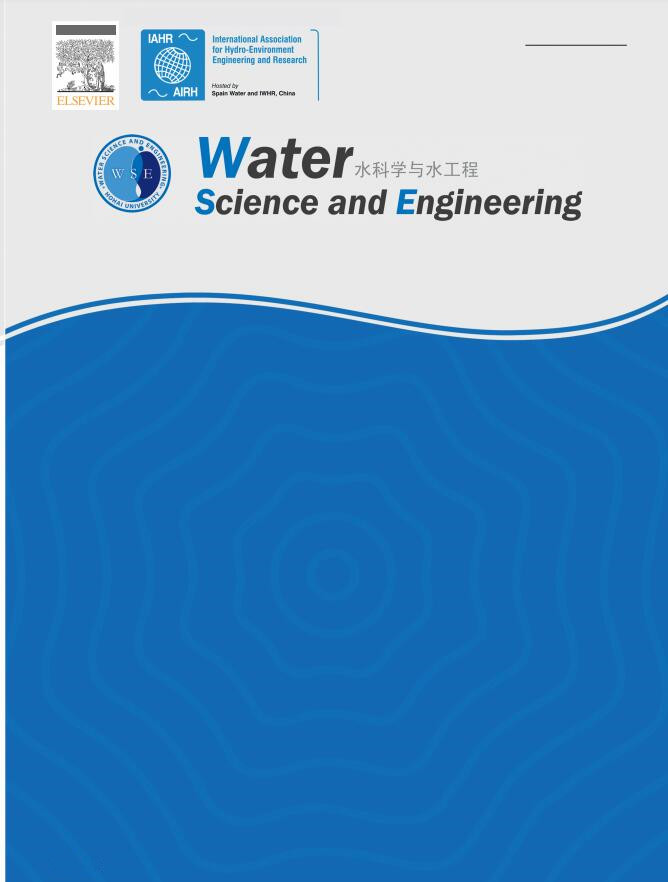
Water Science and Engineering杂志
- 主管单位:教育部
- 主办单位:教育部
- 国际刊号:1674-2370
- 国内刊号:32-1785/TV
- 影响因子:0.430
- 创刊:2008年
- 周期:季刊
- 发行:江苏
- 语言:中文
- 邮发:
- 全年订价:¥360.00元
发表流程

《Water Science and Engineering》focuses on new concepts, theories, methods, and techniques related to water issues. The published papers cover the latestresearch in the fields of water resources, aquatic environment, water ecology, and water engineering, with emphases placed on the innovation and applicability of science and technology in large-scale hydropower project construction, large river and lake regulation, inter-basin water transfer, hydroelectric energy development, ecological restoration, the development of new materials, and sustainable utilization of water resources.
《Water Science and Engineering》aims to promote international exchange in academic research on water science, and to contribute to theinternationalization progress of Chinese water science as well as the solution of water-related issues.
The journal has an international editorial board consisting of well-known professors and experts in water science and engineering at prominent research institutes and universities around the world. The Editorial Board plays a leading role in guaranteeing high quality of the journal and improving the international influence of the journal.
By now,《Water Science and Engineering》has been accepted by Ei Compendex, Emerging Sources Citation Index, SciVerse Scopus, Chemical Abstracts, ProQuest-CSA, Index Copernicus, Chinese Science Citation Database, Chinese Science Abstracts, China Academic Journals Integrated Online Database, Wanfang Database of China, and VIP Database of China.
《Water Science and Engineering》was awarded the Distinctive Journal of the 1st English-Language Journals of Chinese University.
Requirements for Manuscripts:
1.The submitted manuscripts must be neither published nor under consideration for publication elsewhere.
2.The manuscripts should be written in concise and grammatical English.
3.The manuscripts should be arranged in Word format (paper size B5) with one column according to the paper template (including font, size, line space, etc.).
4.The paper should be organized in the following order: title, author(s), affiliation(s), abstract, key words, introduction, research contents, results, conclusions, acknowledgements, and references.
5.The title is preferred to be limited within 10 substantives. Only the initial of the first word needs to be capitalized, the others be lowercase letters (except proper nouns), and unusual abbreviations should be avoided.
6.Authors’ given names should come before surnames. The initials of given names and all the letters of surnames should be capitalized (e.g. John Quincy ABBOT). For Chinese authors’ names, a hyphen is necessary between two given names (e.g. Cheng-li ZHANG). There should be commas between authors’ names.
7.An abstract of more than 150 words (the title not repeated in the first sentence, and diagrams, formulas and references not included), which gives prominence to the creative ideas, the work’s purposes, methods, major findings, conclusions, etc., and key words (3 to 8 words) should be included in the manuscript.
8.The International System of Units (SI) should be adopted in the manuscript. All units in the text, figures, tables, and calculations should be used consistently.
9.All variables symbolized by single letters should be in italics; standard functions and letters symbolizing constants should be in normal style; and letters symbolizing vectors, tensors, and matrixes should be in bold italics. Each symbol that is presented in the paper for the first time should be defined. Foreign characters in capital form or lowercase form in the text and formulas should be distinguishable. Letters, numbers, and signs used as either superscripts or subscripts should be clearly identified.
10.Figures and tables with proper design should be placed right after where they’re referred to in the text. Each figure or table should have a corresponding title and be numbered consecutively. Three-line tables are required to be used. Iconographs should be drawn by computers in the format of TIF, JPG, or BMP for editing convenience. Variables in figures and tables should be in italics. Units of variables in normal style need to be put in parentheses, e.g. v (m/s).
11.If the paper is sponsored by a fund project or an important subject, please show its title at the bottom of the first page and put the serial number in subsequent parentheses.
12.The author-date system is required to be used for citations in the text and the reference list.
(1)Citations in the text: If an author’s name is cited in the text, the publication year in parenthesis should follow the name of the author, e.g. Stoker (1992). If the results, rather than the name of the author(s), are cited, a. use the author’s name(s) and the publication year(s) in parenthesis for the citation of a publication with two or less authors, e.g. (Stoker, 1992), (Lyn and Goodwin, 1987; Stoker, 1992); b. use the first author’s name followed by “et al.” for the citation of a publication with three or more authors, e.g. (Xie et al., 2004; Stoker, 1992); and c. use a lowercase letter like “a, b, c…” following the year to distinguish the works that are published during the same year by the same author e.g. (Zienkiewicz, 1995a, b, c).
(2)The reference list should consist of all published works referred to in the text, and arranged alphabetically by the authors’ names. All the authors of each reference should be listed. References include books, journals, theses, etc., which are published at home and abroad. The following reference formats are generally used:
1)Books
Strunk Jr., W., White, E.B., 2000. The Elements of Style, fourth ed. Longman, New York.Chen, S.Y., 1998. Engineering Fuzzy Set Theory and Application. National Defense Industry Press, Beijing (in Chinese).
Mettam, G.R., Adams, L.B., 2009. How to prepare an electronic version of your article. In: Jones, B.S., Smith, R.Z., eds., Introduction to the Electronic Age. E- Publishing Inc., New York, pp. 281–304.
2)Journals
Chopra, A.K., Chakrabarti, P., 1981. Earthquake analysis of concrete gravity dams including dam-water-foundation rock interaction. Earthquake Engineering and Structural Dynamics, 9 (4), 363–383.
3)Conference Proceedings and Symposiums
Berkhoff, J.C.W., 1972. Computation of combined refraction and diffraction. In: Proceedings of the 13th International Conference on Coastal Engineering, 745-747. ASCE, Vancouver.
Granger, R. J., 1997. Comparison of surface and satellite-derived estimates of evapotranspiration using a feedback algorithm. In: Kite, G.W., Pietroniro, A., Schultz, T.J., eds., Applications of Remote Sensing in Hydrology, Proceedings of the 3rd International Workshop NHRI Symposium. NASA Goddard Space Flight Center, Greenbelt, pp. 216–220.
4)Dissertations
Liu, C.J., 2004. Experimental Study on Unsteady Open-channel Flow and Bed-load Transport Properties. Ph. D. Dissertation. Tsinghua University, Beijing (in Chinese).
5)Others (standards, reports, electronic bulletins, newspapers, and patents)
-
的反馈:
等得好心急哟,编辑大哥大姐们,能不能快点审下我的稿子
-
的反馈:
文章接收速度还可以,我投稿的时间有些尴尬,恰逢是在放假的时候,耽误了一段时间。Water Science and Engineering杂志在学术界还是有一定地位,还是不错的。编辑老师也很不错,比较推荐大家投此杂志。
-
的反馈:
请问一下,Water Science and Engineering杂志 投稿授权证明要不要盖单位的章,录用了,说要搞个什么授权证明。
-
的反馈:
请问Water Science and Engineering杂志投稿时需要附单位介绍信吗?
-
的反馈:
尊敬的Water Science and Engineering杂志编辑大大,请问我的文章初审通过了没有,已经投了快一个月了,好急啊
-
的反馈:
先后投了两篇文章,审稿1个多月,直接退稿!搞不明白。。。
-
的反馈:
Water Science and Engineering杂志编辑的态度非常认真、和蔼,来回修改了好几次,很快就录用了。国内的顶级杂志,影响力很大,看来我的选择还是没有错的。给你们竖个大拇指。
-
的反馈:
投稿一周,就说初审没过,我好想大哭一场,投这个刊物怎么这么难[伤心][难过]
-
的反馈:
等了好几个月,终于收到书了,悬着的心终于放下了,感谢Water Science and Engineering杂志编辑部大大,感谢~~感谢
-
的反馈:
求助各位学友,还有3天就投稿满一个月了,但是现在目前仍然是初稿待处理,请问这样是不是就没希望了呀。现在想撤稿了,官网也没有撤稿的选项,请问该如何撤稿呢?


